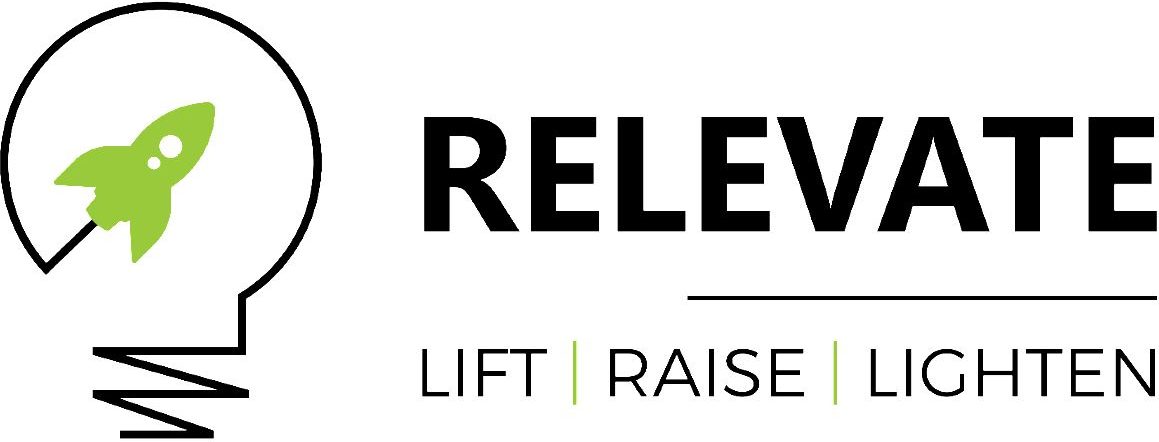Salespeople often struggle with accurately determining a customer’s budget. Many salespeople, in my opinion, qualify on budget in the wrong way and at the wrong time, based on my personal experience.
“Do you have a specific budget for this project?” is a common sales qualification tactic. Assuming that they’ve found a qualified buyer at that price, they move on.
However, in a more complicated sale, this approach may be more restricting than you think. Selling this question up front puts the rep at risk of turning off potential customers, getting a muddled or vague response, or even starting a negotiation before they’ve established their worth. A deal can be derailed in four ways by discussing budget too soon:
I’m afraid you’ll appear self-serving. “So that I don’t waste your time, what did you budget for this?” is a common sales tactic. “So I can be sure I’m not wasting my time, what was your budget for this?” is what prospects hear. And it’s a little self-centered, too.
Prospects may exaggerate their financial situation. As long as you’re having a good conversation with the prospect, they may fabricate a budget number to keep going.
Premature negotiations could be triggered by you. “We have a budget, but your competitor has already quoted us X price,” savvy prospects will say in response to a budget question that comes too soon. It’s too early to tell if your unique selling proposition will keep your margins intact because you don’t know enough about their needs. Consequently, you may find yourself defending your premium price without any basis in fact.
You don’t want to scare away your customer. Early in the process, many potential customers lack a budget in place. So, how can they answer this question intelligently if they haven’t decided to invest in any solution — let alone yours? If you’re selling a highly differentiated or new product, where the buyer isn’t likely aware they have the problem your product or service solves, this quick, upfront budget qualification approach fails particularly badly. To get a budget, they’d have to be clairvoyant.
Budget Qualifications: Three Questions to Ask
I’ve changed the way I qualify for budget in order to keep these worst-case scenarios at bay.
Instead of relying on a single question, I ask three different ones during the sales qualification process. Even though the process may take a little longer, it doesn’t disqualify potential clients too early or initiate a one-sided bargaining process.
The prospect’s commitment to the process will be gained if you follow this process and determine whether or not it makes sense to buy. Investing the extra time will pay off in the long run if you want to know for sure if your prospects will invest in your product or not.
1)Is It Worth It to Put Money Into Something?
Businesses buy things for three main reasons: growth, cost savings, and risk avoidance. It is important for salespeople to first determine which of these goals their product or service enables (and the prospect values), and then calculate the future impact of doing something differently.
An important part of this is to “quantify.” Selling your product to a customer means telling them how much of a difference it will make or save them financially. When it comes to budgeting, it’s important to talk in dollars.
“What’s your target?” is a question you can use to get a specific value from your buyer. In other words, how much money do they hope to make or save, or how much risk do they hope to avoid? It’s easier to show how your product or service can help them achieve their goal once you have a dollar value. Think of this question as part of the “goals” section if you use GPCT qualification.
Bonus Suggestion: Create a calculator to estimate the impact of your solution if at all possible. The inbound marketing calculator provided by Relevate helps potential customers understand the impact of inbound marketing on their traffic, leads, and sales. Objective Management Group, a sales assessment company, provides a calculator that shows the costs of hiring the wrong salesperson.
You can proceed to the next question now that the buyer has a clear picture of how much money they stand to gain or lose.
2) What Are You Currently Spending Your Money on?
Are your potential customers utilising another product or service to accomplish all of the tasks that your offering is supposed to accomplish? Assess the cost of their current solutions if this is the case. This gives you an idea of how much they’ve spent in the past on resolving their issue.
I usually begin by asking the prospect, “What have you tried previously to help you achieve the goals you’ve shared with me?” to get them thinking about their options. “How much money did you put into that?” Or, “Do you think it was a good investment? “, are the next questions I ask. Exactly how did you measure it?
Having revealed and quantified their goal in the first step, it’s time to develop a strategy that you and they can both agree on to help them achieve their goals.
Step 2: Check to see if their current products are effective or ineffective.. Investigate the problems and offer advice based on your own experiences and those of others who have been in their shoes. Try to quantify the benefits that you can bring them over and above what they’re getting now.
3) Would You Be Willing to Take the Next Step if I Offered My Assistance?
To summarise, you know your prospect’s goal and current situation, as well as how your services can help them achieve their goals more quickly and confidently. Now is the time to ask if and how they will make a monetary commitment if you and your prospect remain on the same page (and you should be if you have done this correctly).
Ask, “How much would you be willing and able to invest if I could assist you in achieving your goal of X?” We now know whether we can help them based on the fixed-price product or service that we are selling. Now is the time to discuss what you can work out if you provide custom quotes based on goals, plans, and budgets.
Negotiations will be easier now that you are aware of their current (and previous) expenses and they are aware of the benefits of investing. It’s because of these two things that people will be able to have an informed discussion about the financial advantages of your solution.
“What Relevate Employees Have to Say About Getting Visible While Working Remotely“
When working from home, you may run into difficulties that you wouldn’t encounter in a traditional office setting.
Fears of being alone or unnoticed are also common for career-minded professionals. “Am I missing anything important?” “Do people really think I’m working?” or “Is it even possible to move up the ladder in a remote position?” are some examples of questions you might ask yourself.
You’re not alone if you’re concerned about your online visibility. Remote workers often worry about their lack of visibility in the workplace. Furthermore, according to a 2022 survey conducted by Indeed, 37 percent of employees working for companies that allow telecommuting believe that this work style reduces visibility.
There are many benefits and drawbacks to working remotely, and we’ve got more than 200 full-time remote Relevateters who range from entry-level to established leadership positions.
Many virtual events, annual in-person get-togethers, and regular meetings ensure that remote employees can make their presence known at our company, but not all companies have policies like this.
You need to be visible, regardless of whether or not your company has always had remote work policies in place or those details are being worked out.
With all of your time spent behind a computer, how do you get your name out there to your stakeholders? Some of Relevate’s long-term remote employees have shared their best advice to help you get noticed.





